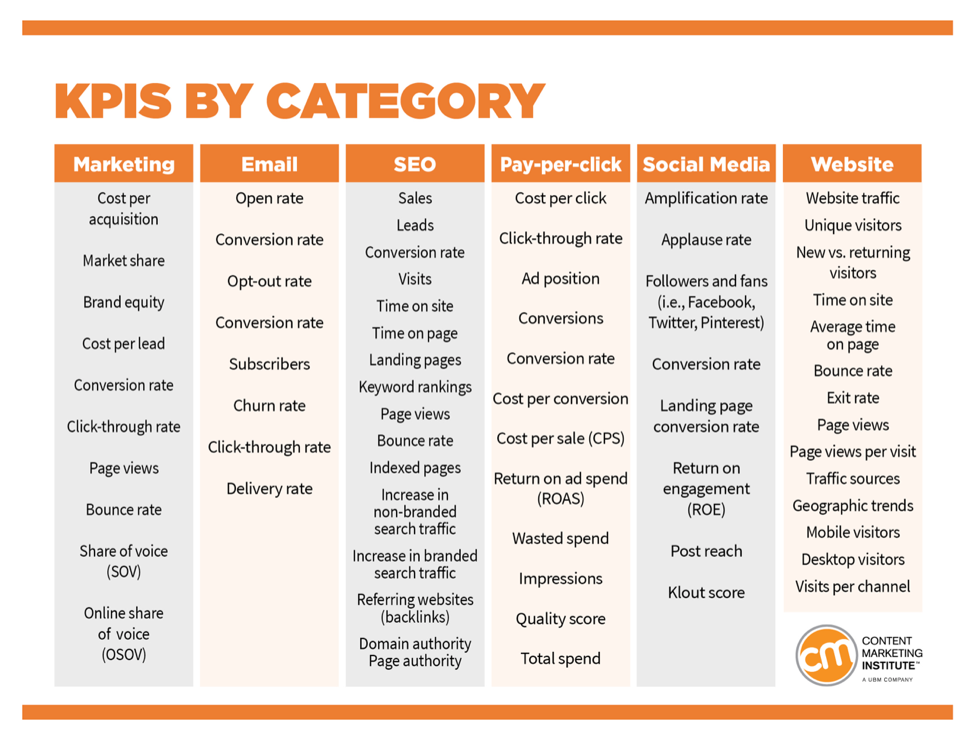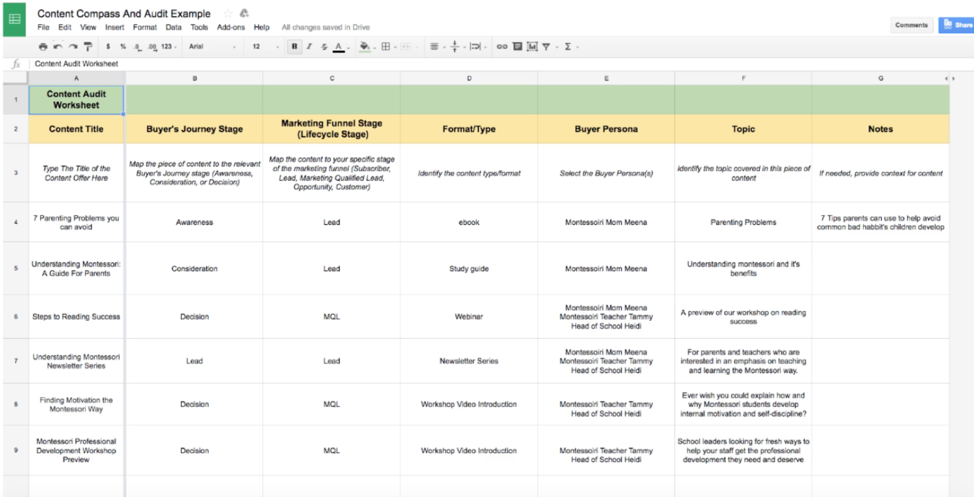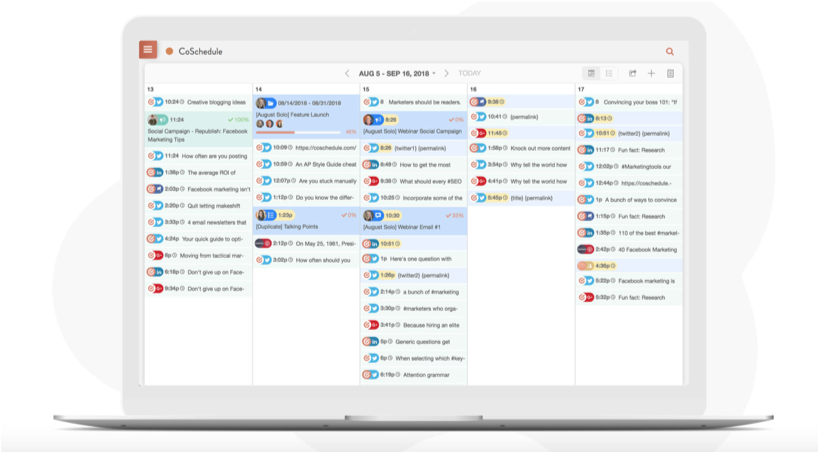How to Create a Content Strategy That Generates Conversion

How to Create a Content Strategy That Generates Conversion
Contributed ContentDeveloping a well-planned content strategy can help your business attract new customers and increase sales.
Creating high-quality content can simultaneously promote your business and give your followers valuable content that increases your business’s conversion rate.
At ArtVersion Interactive, we encourage companies to think critically about their short-term and long-term business goals to determine how their content strategy can benefit the intended user, while also contributing to their wider business goals.
Content Strategies Need to Be Well-Planned to Be Effective
Content marketing is a great way to increase your business’s visibility, engagement rates, and conversion rates, however, like most things, it is most effective when approached strategically.
According to a study by the Content Marketing Institute, 72% of marketers say content marketing increases engagement, with many respondents saying having a content strategy increased their number of leads.
Content strategies are critical to success, but a great content strategy requires planning and follow through. Developing a content strategy is a process that requires:
- Setting goals
- Preparing your team
- Setting the tone for your content
- Assessing what content you already have
- Curating ideas for new content
- Creating a distribution plan
- Tracking progress
By following these steps, a company can build a strong foundation for a successful content strategy that can generate valuable leads.
Clearly Define Your Goals and KPIs
All content produced must serve a purpose and work toward a focused marketing goal.
Content marketers should consider the key performance indicators (KPIs) that each department within their company may track. This will help them create targeted content strategies that align with the goals across departments, from sales to customers service.
Goals for content strategies may include:
- Increasing website traffic
- Generating leads
- Increasing conversion/sales
- Raising brand awareness
- Promoting the company’s thought leadership
From these goals, marketers can determine which KPIs to track to measure progress.
 For example, if the goal is to increase web traffic, your team could track the number of unique visitors to your website every month or other metrics, like bounce rate, time on site, and page views per visit.
For example, if the goal is to increase web traffic, your team could track the number of unique visitors to your website every month or other metrics, like bounce rate, time on site, and page views per visit.
Clearly defining your goals will help your team stay focused on what their content needs to achieve and monitor how effective their content is.
Prepare Your Team
After defining your goals, you will need to prepare your team to identify specific stakeholders and audiences for your project.
Team members should feel connected to the objectives so that they can generate strategies to reach their goals.
Certain team members will be more involved than others, however, everyone should be looped in on progress and updates as requirements and goals shift as the business evolves.
Consider the Tone and Personality of Your Content
Successful content strategies are customized to their target audience.
According to Content Marketing Institute’s, 2019 B2B Content Marketing Research, companies need to research their customers to understand their needs and preferences.
Developing a persona is a process that requires asking questions, defining your brand voice, refining your tone, and personalizing your content to meet the needs of your target audience.
Ask yourself questions like:
- Who are you creating content for?
- Who are your existing customers?
- What do they need from your brand?
- Who's the target audience for this content?
- How many audiences are you creating content for?
Thinking critically about these questions will help you identify the type of persona you want to convey to customers through your content. Always base your persona on real people as opposed to generalizations or stereotypes.
By paying attention to your customers, you can create personalized content that meets their needs and preferences and develop a persona they will be able to connect with.
Take Inventory of Content You Already Have
An inventory of content should take an omnichannel approach and can include everything from website content, training materials, social media posts, manuals, and catalogs.
Ask yourself:
- What content have you already developed?
- What worked in the past?
- Is the customer getting clear, consistent information and messaging across all methods of delivery?
Some companies choose to use a content analysis tool (CAT), like SEMRush, while others choose to manually compile the information and review it by hand.
After compiling content, set up a space to record and review all material at a glance for the audit phase.

Hubspot offers a Content Compass audit worksheet that includes goals by month, success metrics, and a platform that can be customized for all methods of content beyond digital.
By getting an idea of what you already have, you’ll be better-positioned to fill in content gaps and know what type of content gets results.
Curate Ideas for New Content
There is an endless supply of content, but not all content is created equally. Content that is underdeveloped, not marketed to the appropriate audience, or poorly structured can cause more harm than good.
All aspects of content must be helpful, engaging and consistent, from defining campaign messaging to structuring content for web and creating calls to action.
Content that is specific to your brand’s niche has a better chance of positioning your brand as a leader in the field. Additionally, when developing a content strategy, it’s also a great time to refresh your brand's style and voice guidelines.
Outline Your Editorial Calendar & Distribution Plan
Like content, not all editorial calendars are created equally. Editorial calendars can be a useful tool to help you conceptualize your distribution plan.
There’s not a wrong way to set it up as long as it works for your team and helps your team get content published and see results. Ideally, this document will be updated daily and will change as the business expands and evolves.
Many companies use Excel or a Google Doc when they first start using an editorial calendar, but then they eventually migrate to a more robust platform with accountability settings, such as Trello or CoSchedule.

Your editorial calendar should include:
- Content to publish, including titles
- The author’s and editor’s names, so you know who to hold accountable
- Content deadline
- Publication date
- Conversion goal - What is the next step (phone call, purchase, etc)?
- Channel(s) it will be published on (e.g. website, social media, blog, newsletter, etc)
Having an editorial calendar will help all members of the editorial team track their individual pieces and coordinate publishing dates. It also helps hold individual team members accountable for meeting deadlines.
Track KPIs and Measure Progress
You will never know if your content is successful if you don’t listen to feedback from your audience.
Measuring content efforts back to your business’s specific goals and KPI’s is essential to ensuring that you are on the right track.
Organizing data via an editorial calendar can help to identify key opportunities and changes that need to be made for a successful long-term strategy.
Get the Most Out of Your Content
Bad content is worse than no content and while it may be difficult for a busy company to produce quality content on a regular basis, consistency is key to a successful content strategy.
From lead generation and brand awareness to an increase in sales -- a well-crafted content strategy can deliver the needed jump start your business needs and gain more engaged customers along the way.
If you're still not sure how to approach your content strategy, consider hiring a digital marketing agency.
